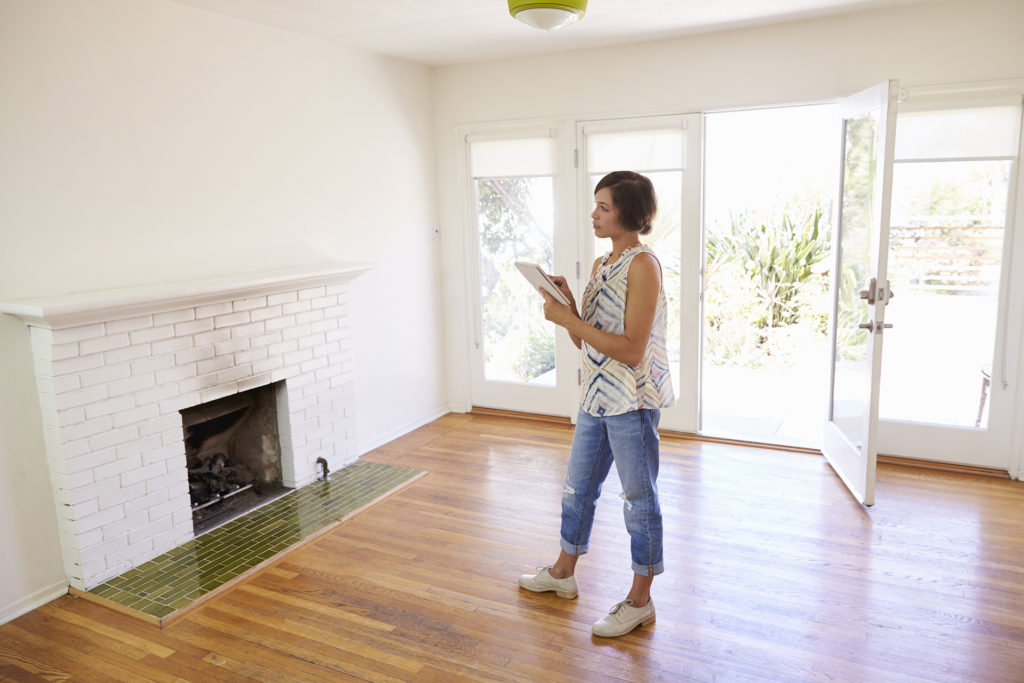If you’re looking for a focus as a real estate investor, putting your money into affordable housing is an option to consider. If investing in affordable housing is something you’ve always shunned, the pros to this money making option may have you changing your mind. Here are a few elements that may persuade you to become an advocate for buying affordable housing.
Middle Class Is Dwindling
Despite low unemployment numbers, Americans aren’t making any more money. Well, most aren’t. The gap between the wealthiest and the less fortunate is expanding. The middle class is dwindling, with the population either boosting into the wealthy club of falling near the poverty line. As the population of those who need more assistance grows, the demand for affordable housing will increase.
High Demand, Low Supply
The affordable housing market in America is decreasing. As Americans work with little to no raise on pay, the demand for this type of housing increases. With a high demand and limited supply, rent naturally increases, but it should be done conscientiously. Some of the newer affordable home spaces in Austin, TX can bring in up to $1,200 per unit. In addition, the idea of building new affordable housing communities isn’t that appealing to most construction companies. Many big builders lean toward upscale homes or apartments aimed toward the upper echelon of buyers.
Home Prices On The Rise
The idea of a “starter home” is nearly extinct. New construction homes may be popping up across the country, but most aren’t built for young couples or singles looking to make their first home purchase. Trulia reports starter home prices have increased almost 10% compared with last year, making it economically challenging for would-be buyers to make the leap. Many Americans hoping to buy are still stuck in a renter’s world.
Recession-Resistant Housing
After the economic fallout of 2008, and the years of rebuilding afterward, it’s smart to put your real estate investment dollars into housing that will stay in demand. While it’s impossible to predict the future, it’s relatively easy (and smart) to recognize patterns. America’s economy has been growing very steadily, which is exactly the reason a slump is expected. The average U.S. expansion lasts about five years. We’re currently going on 10. If (or when) the economic bubble bursts, affordable housing will still be needed.
Some of the best ways to provide affordable housing that doesn’t gain a negative reputation in the community is to update the property often, beautify the commons areas, and keep a property manager on site. Investing in affordable housing can produce consistent, steady income on your rental property, and in many real estate markets, this dependable monthly income is a safer investment than conventional single-family homes.
Despite low unemployment numbers, Americans aren’t making any more money. Well, most aren’t. The gap between the wealthiest and the less fortunate is expanding. The middle class is dwindling, with the population either boosting into the wealthy club of falling near the poverty line. As the population of those who need more assistance grows, the demand for affordable housing will increase.The affordable housing market in America is decreasing. As Americans work with little to no raise on pay, the demand for this type of housing increases. With a high demand and limited supply, rent naturally increases, but it should be done conscientiously. Some of the newer affordable home spaces in Austin, TX can bring in up to $1,200 per unit. In addition, the idea of building new affordable housing communities isn’t that appealing to most construction companies. Many big builders lean toward upscale homes or apartments aimed toward the upper echelon of buyers.The idea of a “starter home” is nearly extinct. New construction homes may be popping up across the country, but most aren’t built for young couples or singles looking to make their first home purchase. Trulia reports starter home prices have increased almost 10% compared with last year, making it economically challenging for would-be buyers to make the leap. Many Americans hoping to buy are still stuck in a renter’s world.After the economic fallout of 2008, and the years of rebuilding afterward, it’s smart to put your real estate investment dollars into housing that will stay in demand. While it’s impossible to predict the future, it’s relatively easy (and smart) to recognize patterns. America’s economy has been growing very steadily, which is exactly thereason a slump is expected. The average U.S. expansion lasts about five years. We’re currently going on 10. If (or when) the economic bubble bursts, affordable housing will still be needed.
Some of the best ways to provide affordable housing that doesn’t gain a negative reputation in the community is to update the property often, beautify the commons areas, and keep a property manager on site. Investing in affordable housing can produce consistent, steady income on your rental property, and in many real estate markets, this dependable monthly income is a safer investment than conventional single-family homes.


